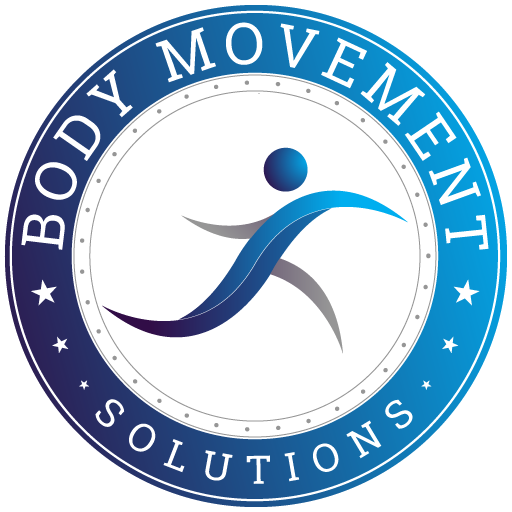Lower Crossed Syndrome
LCS (Lower Crossed Syndrome) is a grouping of weak muscles plus overactive or tight muscles that create a predictable movement pattern in your lower back that may lead to injury. Dr. Vladamir Janda was the first to write about this type of imbalance. He noticed many people develop a distinct movement pattern of muscle imbalances because of prolonged static postures, like sitting at a desk all day.

Reciprocal inhibition is when you subject a muscle to a shortened or contracted state for an extended period, causing the weakening of muscles on the opposite side of your body. If you sit in a chair all day, your hip flexors can become shortened or tight. Your brain might automatically start to shut down or turn off your glute muscles (butt) which are on the opposite side. Since your glutes are not working right, your body may recruit synergistic muscles like hamstrings and lower back muscles to help your glutes to perform hip extensions. You start to use muscles that were not intended to be used for specific actions such as walking.
LCS primarily combines tight hip flexors and a tight low back, along with weak abdominals and glutes. This combo leads to an excessive arching or rounding of your lower back, a flabby or protruding abdomen, and a flat butt due to weakness in the glutes, which is a dangerous combination of muscle imbalances due to excessive stress that it places on your lower back structures.
The ability to move and control your pelvis is critical for optimal power transfer from your lower body to your upper body during your golf swing. If you are dealing with Lower Crossed Syndrome, this can restrict your golf swing and predispose you to injury.


